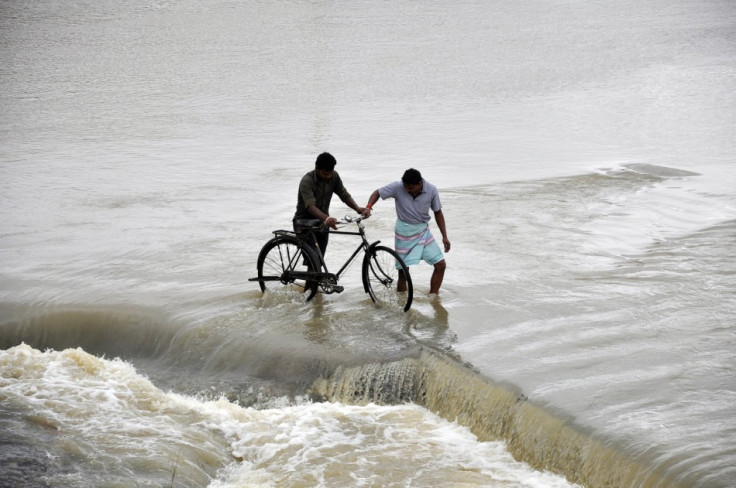Cyclone Lehar Weakens as it Nears India's East Coast

The much-feared cyclone Lehar that threatened to wreak havoc on India's east coast has weakened before landfall.
The cyclone has slowed down to about 15 kmph over the Bay of Bengal as it nears the Indian landmass, Indian Metrological Department (IMD) said.
The IMD had predicted earlier that wind speeds would be "phenomenal" at about 100-120 kmph upon reaching Andhra Pradesh, a state that frequently falls victim to fierce storms.
Chief Minister of the state, N Kiran Kumar Reddy, directed the administration in all coastal districts to be on high alert and take precautionary measures.
The Met department also warned that large-scale evacuation in coastal areas and suspension of fishing operations would be necessary.
The cyclone weakened due to low winter temperature of water near the coast and high pressure over central India which formed a wind shear, subsequently resisting the cyclone advancing from the east, C. Parthasarathi, a disaster management official, said.
The government agencies are on alert and about 26,000 people have already been evacuated from low-lying areas near the coast, even though many people living along the coast were not willing to move, Reuters reported.
Last month about 1 million people were evacuated from coastal areas when Cyclone Phailin made landfall, causing heavy rainfall and storms that claimed about 60 lives despite war-scale evacuation efforts. About 12 million people lost their homes and about $4 billion worth of crops were destroyed.
Again last week, smaller cyclone Helen rocked the eastern coast, killing at least six people.
in 1999 a super storm killed about 10,000 people and left 1.67 million homeless along the Bay of Bengal coastline.
© Copyright IBTimes 2024. All rights reserved.






